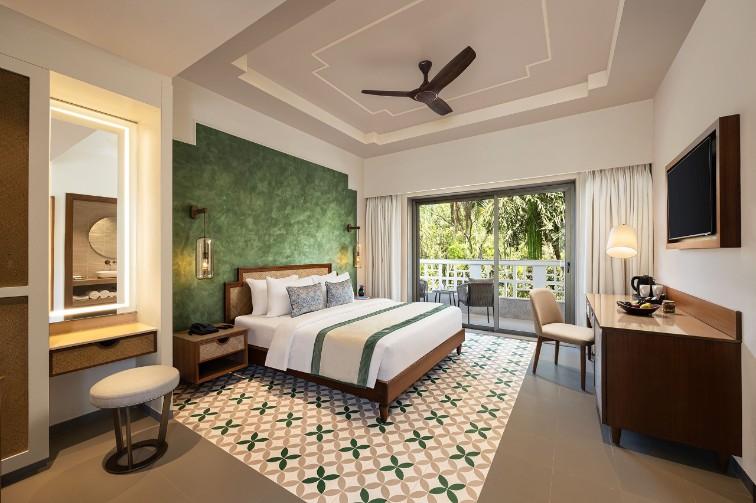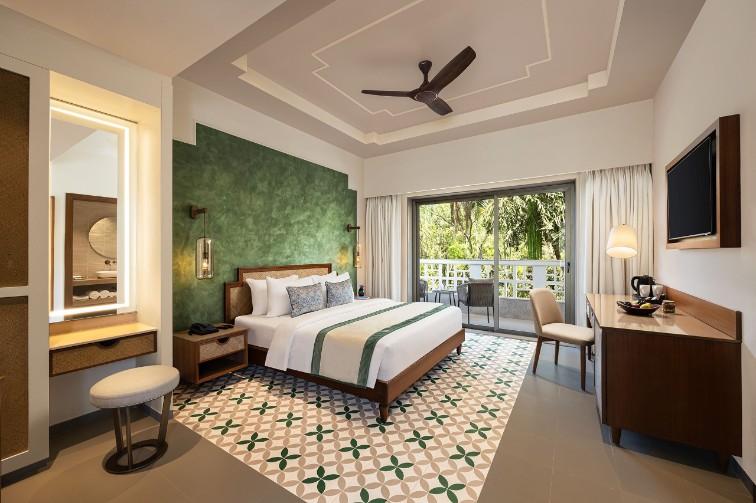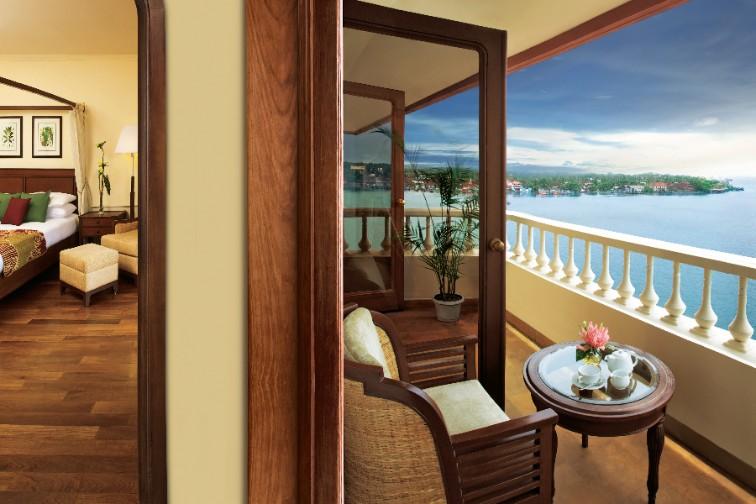
Hotels
•05 min read

Imagine strolling along lively streets where culture and energy blend with the tropical sun. Ho Chi Minh City, a bustling metropolis steeped in history and modern charm, offers travelers a unique experience anytime of the year. However, timing your visit is crucial to enjoy all that this dynamic city has to offer. This blog post takes you on a month-by-month journey, helping you plan your trip by focusing on the best time to visit Ho Chi Minh City for perfect weather, vibrant festivals, and unforgettable adventures.
Ho Chi Minh City is known for its tropical climate, which is characterized by two main seasons: the dry season from December to April and the rainy season from May to November. The weather greatly influences your travel experience, affecting everything from sightseeing and cultural events to choosing the right accommodation. Understanding these weather patterns can help ensure that your itinerary is filled with pleasant outdoor adventures, comfortable indoor attractions, and experiences aligned with the natural ambience of the city.
Weather plays a pivotal role in shaping your overall visit to Ho Chi Minh City. For example, clear skies and warm temperatures make exploring historical landmarks, bustling markets, and vibrant neighborhoods inviting and safe. Additionally, local events and tours are often scheduled around favorable weather conditions. Whether you're planning a day trip to iconic sites, diving into cultural experiences such as traditional food tours, or setting off on scenic excursions, the weather will influence the quality of your journey.
The dry season is arguably the best period to visit Ho Chi Minh City. With warm temperatures and minimal rainfall, it's ideal for exploring outdoor attractions and enjoying the city in all its glory. The clear skies during this period create the perfect backdrop for photos and offer panoramic views from rooftop bars and historic towers.
December: The festive spirit fills the air as the city celebrates the holiday season. Markets are bustling with activity, and the weather is perfect for exploring local crafts and enjoying street food delights.
January-February: These months mark the Tet festival, Vietnam’s famous Lunar New Year. The city comes alive with parades, cultural ceremonies, and family gatherings, offering travelers a glimpse into rich local traditions.
March-April: As the weather remains pleasant, these months are perfect for visiting historical sites, relaxing in outdoor cafes, or taking leisurely strolls along busy streets lined with modern and colonial architecture.
Did You Know? The dry season offers the best opportunities for rooftop dining and panoramic city views. With clear skies and pleasant evenings, it's a time when both locals and visitors enjoy stunning vistas, making it one of the most photogenic periods of the year.
While the rainy season might sound less appealing to some, it comes with its own set of charms, particularly for budget travelers. Fewer crowds and lower hotel rates make this season a practical choice for those keen on experiencing the city without the bustle of peak tourist times. Rainy days can provide a refreshing change of pace and a chance to explore indoor attractions that are rich with culture and history.

May-June: Early in the rainy season, you will experience occasional showers that clear the air and lower hotel prices, making it a fantastic time to sample gourmet dining in a more relaxed setting.
July-August: While these months see more frequent rain, they also offer the chance to dive into indoor attractions such as museums, temples, and art galleries that tell the story of this vibrant city.
September-November: As the rainy season winds down, the weather transitions slowly to the dry season. The cooler evenings and less crowded streets allow for peaceful reflection and leisurely exploration.
Travelers during the rainy season should come prepared with waterproof gear and flexible plans. Embracing indoor activities like visiting local markets, ancient temples, or museums can lead to unexpected discoveries and a deeper understanding of the city's cultural fabric. The calming rain and fewer tourists can give you a unique and intimate perspective of Ho Chi Minh City's daily life.
Ho Chi Minh City is not only about great weather but also an array of vibrant and colorful events. These festivals and seasonal events add an extra layer of charm and excitement to your trip, making them essential considerations for your travel itinerary.
Tet, the Vietnamese Lunar New Year, is celebrated with grandeur and enthusiasm. During this time, the city is transformed by elaborate decorations, traditional parades, and sumptuous feasts. Participating in Tet events can offer an immersive cultural experience that is both heartwarming and memorable.
In addition to Tet, Ho Chi Minh City hosts several other festivals. The autumn lantern festivals in September light up the city's historical areas, while the spring flower festivals in March fill the streets with vibrant colors. These events not only highlight the city’s rich cultural tapestry but also affect hotel availability, making early reservations a must.
Popular festivals can lead to a surge in demand for accommodations, especially in districts close to event venues. Travelers should plan ahead by booking hotels early to secure spots in the areas that best suit their interests and offer convenient access to these vibrant events.
Finding the right place to stay can greatly enhance your travel experience, particularly when you align it with the season of your visit. Whether you are dazzled by the city's dazzling dry season or prefer the calm of the rainy season, there are neighborhoods that cater to your needs.

For those visiting during the dry season, District 1 is a top choice. Being the city’s central hub, this neighborhood offers proximity to famous landmarks, bustling markets, rooftop bars, and fine dining options. It’s the perfect spot for anyone looking to immerse themselves in the lively culture and vibrant street scenes.
During the rainy season, consider staying in areas such as District 5, home to the historic Chinatown, or District 3, which is known for its array of museums and indoor cultural attractions. These areas ensure that even on rainy days, there is plenty to explore and learn about the heritage of Ho Chi Minh City.
When selecting accommodation, consider factors such as season, budget, and proximity to events. Whether you're looking for a luxurious hotel with panoramic views or a cozy guesthouse in a culturally rich district, there's something for everyone in this bustling metropolis. Local hotel experts recommend booking well in advance during festive seasons for the best rates and availability.
During peak travel times, consider booking your hotel several months in advance. This strategy not only helps secure the best rooms in popular neighborhoods but also lets you take advantage of early bird discounts. Flexibility with dates and a clear understanding of cancellation policies can also save you from last-minute disappointments.
December to April is generally considered the best time to visit due to dry weather and pleasant temperatures.
Avoid visiting during the peak of the rainy season, namely July and August, if outdoor activities are a priority.
January stands out as an ideal month since it aligns with Tet celebrations and offers comfortable weather throughout the country.
The heart of Ho Chi Minh City beats with vibrancy all year round, yet planning your visit around the weather can truly enhance your experience. The dry season provides an ideal backdrop for sightseeing, festivals, and outdoor adventures, while the rainy season offers budget-friendly opportunities and a unique perspective of the city through indoor cultural experiences. By carefully choosing when to visit and where to stay, you can unlock the best of Ho Chi Minh City, ensuring a memorable tropical getaway that blends tradition, modernity, and natural beauty in perfect harmony.